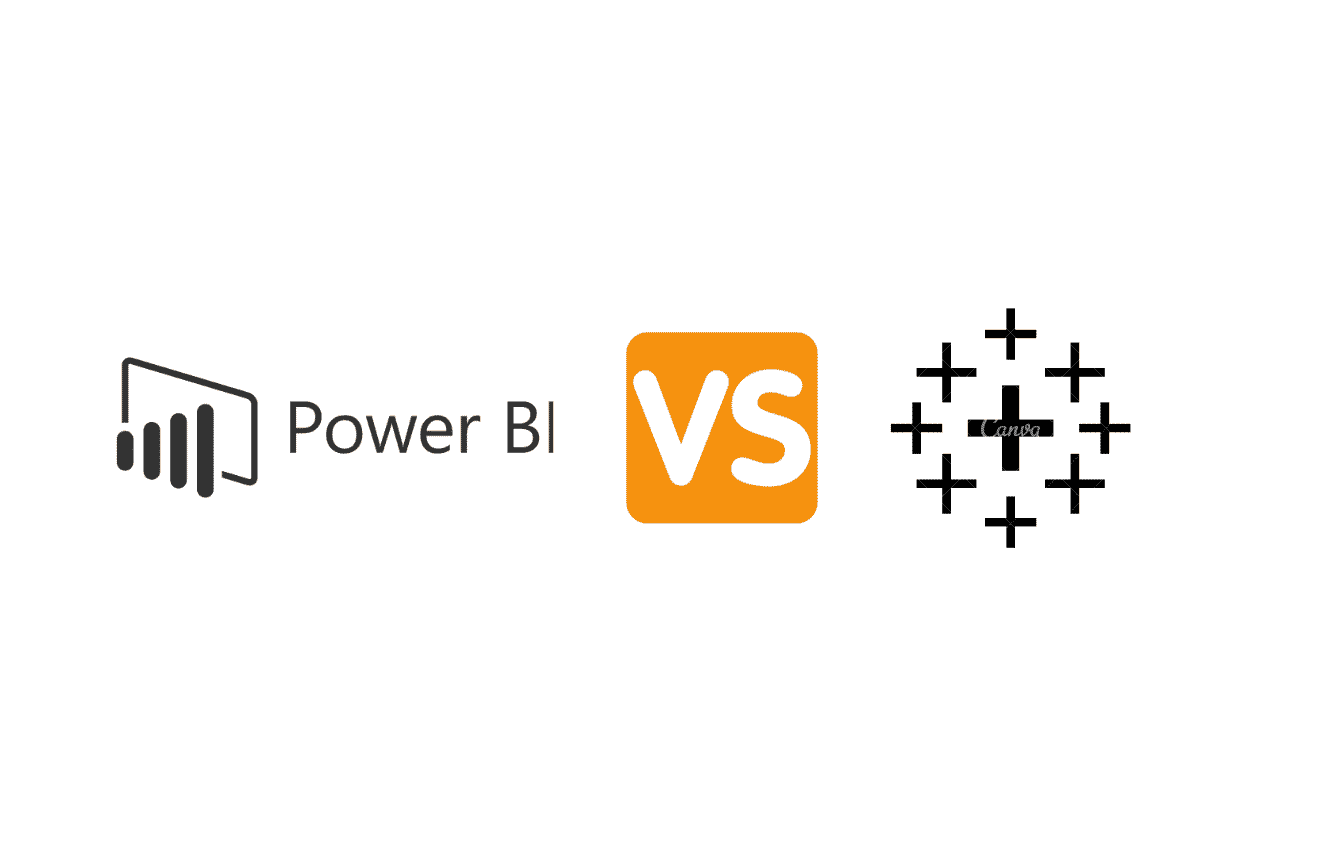Do you have a Data Engineer Interview coming up? Congratulations! This is a highly sought-after position in the tech industry, and with good reason. A data engineer is responsible for managing and designing big data solutions, so the role requires extensive knowledge of various big data technologies. If you want to ace your interview and land the job, you need to be prepared for questions on big data technologies, data engineering principles, and more. In this post, we’ll walk you through some of the most common data engineer interview questions asked in interviews, and we’ll give you tips on how to answer them. Also, know Data Engineer Salary to understand how lucrative this profile is and if you should further into it.
Top Data Engineer Interview Questions
Let’s get started with the top data engineer interview questions.
Explain Data Engineering.
Data engineering is the process of transforming raw data into a format that can be used for analysis or downstream processing. This often includes data cleaning, transformation, and modelling.
What are the various types of design schemas in Data Modelling?
Data engineers use a variety of design schemas in data modelling, including entity-relationship diagrams, fact tables, and star schemas.
Distinguish between structured and unstructured data.
Structured data is data that is organized in a specific format, while unstructured data is any data that is not organized in a specific format.
What is NameNode?
The NameNode is a key component of the Hadoop Distributed File System (HDFS) and manages the metadata for all of the files in the system.
What is Hadoop?
Hadoop is a software framework that allows for the distributed processing of large data sets across clusters of servers. It is designed to scale up from single servers to thousands of nodes, each offering local computation and storage.
Define Hadoop streaming.
Hadoop streaming is a process that allows you to run MapReduce jobs directly on your computer, without the need for a Hadoop cluster. This can be useful for development, testing, or when you don’t have access to a Hadoop cluster.
What is the full form of HDFS?
The full form of HDFS is Hadoop Distributed File System, which provides scalable data storage.
Explain all components of a Hadoop application.
There are four main components of a Hadoop application: the MapReduce engine, HDFS, YARN, and the Zookeeper ensemble.
The MapReduce engine is responsible for dividing the input data into individual map tasks and running them on the worker nodes. HDFS is responsible for storing the input data and output files from the Hadoop MapReduce job. YARN manages resources on the cluster, including memory and CPU usage. Zookeeper helps maintain communication between all of the components in a Hadoop application.
Explain Star Schema.
In a star schema, all the tables are connected to a central table (usually called the fact table). This central table stores all the data and is connected to all the other tables.
What is Snowflake?
Snowflake is a data warehouse that was designed for the cloud. It separates data into individual tables and shards them across multiple servers. This helps eliminate the need for predefined schemas and enables users to run SQL queries on the data.
Explain in detail what happens when Block Scanner detects a corrupted data block?
When Block Scanner detects a corrupted data block, it takes the following steps:
- The block is identified and sent to a remediation server.
- The block is verified and repaired if possible.
- The block is restored to its original location.
- The block is re-indexed.
- The corrupted pages are marked as such in the index file.
- The index file is compressed and sent to the client.
What is Big Data?
Big data is a term used to describe the large volume of data – both structured and unstructured – that organizations face today.
Name two messages that NameNode gets from DataNode?
NameNode gets two messages from DataNode. One message is about the addition of new blocks to the DFS, and the other message is about the removal of blocks from the DFS.
List out various XML configuration files in Hadoop?
There are various XML configuration files in Hadoop. The files are core-site.xml, hdfs-site.xml, mapred-site.xml, and yarn-site.xml.
What are the four V’s of big data?
Volume, Velocity, Variety, and Veracity are the four V’s of big data.
Explain the features of Hadoop.
The outstanding features of Hadoop are that it is scalable, reliable, and fault-tolerant. It supports a large cluster of nodes and also parallel processing.
Distinguish between Star and Snowflake Schema.
In a star schema, all the tables are connected to a central table (usually called the fact table). This central table stores all the data and is connected to all the other tables. A snowflake schema is similar to a star schema, but instead of a central table, there is a central fact table that is connected to multiple dimension tables.
Explain Hadoop distributed file system.
HDFS abbreviates Hadoop distributed file system. It is a distributed file system that stores data across multiple servers. This allows for high availability and fault tolerance. HDFS also supports parallel processing, which enables data to be processed in parallel on multiple nodes.
Explain Safe mode in HDFS.
Safe mode is a feature that enables HDFS to recover from failures. When HDFS enters safe mode, it stops all writing operations and starts reading from the last checkpoint. This ensures that no data is lost if there is a failure.
List various modes in Hadoop.
The following are the various modes in Hadoop:
- Standalone mode
- Pseudo-distributed mode
- Fully distributed mode.
What is the full form of YARN?
YARN stands for Yet Another Resource Negotiator. It is a cluster resource management framework that was introduced in Hadoop 2.0. It manages resources for both MapReduce and Spark applications.
How to achieve security in Hadoop?
There are three security modes in Hadoop: security, authentication, and authorization. Security mode ensures that all data is encrypted while it is at rest. Authentication mode verifies user identities before allowing access to resources. Authorization mode determines which operations users are allowed to perform on resources.
What is Heartbeat in Hadoop?
Heartbeat helps manage Heartbeat failures in HDFS clusters. If a node fails, the Heartbeat daemon on other nodes will detect the failure and mark the node as down. The JobTracker will then start new tasks on other nodes.
What is FIFO scheduling?
FIFO stands for First-In-First-Out. FIFO scheduling ensures that tasks are scheduled in the order in which they were submitted so that tasks with shorter execution times are not starved for resources.
Distinguish between NAS and DAS in Hadoop.
The terms Network-Attached Storage (NAS) and Direct-Attached Storage (DAS) are often used when discussing Hadoop. However, they can be a little confusing, so let’s break them down.
NAS is a storage device that is connected to a network, while DAS is a storage device that is connected directly to a server. In Hadoop, the NameNode and JobTracker run on the NAS, while the TaskTracker runs on the DAS.
List a few key fields or languages used by data engineers.
The main fields used by data engineers are Python, Java, and Scala. However, many other languages are also used.
What are the default port numbers on which NameNode, task tracker, and job tracker run in Hadoop?
The default port numbers for the NameNode, JobTracker, and TaskTracker are 8020, 8030, and 8081 respectively.
What is the biggest challenge you faced as a Data Engineer?
The biggest challenge that data engineers face is managing and processing large amounts of data. Data can come in many different forms and can be stored in many different ways. As a data engineer, you need to be able to understand the data and know-how to process it in a way that meets the needs of the business.
Another common challenge is ensuring data integrity. As a data engineer, you need to make sure that the data is stored correctly and is accessible when needed. You also need to make sure that the data is secure and that only authorized personnel can access it.
In addition to these challenges, data engineers also need to be familiar with HDFS and its features. They need to know how to operate HDFS in a safe mode and understand how rack awareness affects the distribution of data.
What are some of the most common technologies used in Data Engineering?
In terms of technologies, data engineering is often built on top of Hadoop and MapReduce. Other technologies that may be used include Hive, Pig, Spark, and NoSQL databases.
Explain what would happen when NameNode is down, and the user submits a new job?
In terms of what happens when NameNode is down, the user submits a new job. The user cannot submit a new job for execution since NameNodeis a single point of failure. It results in job failure, hence wanting the user to restart the NameNode before running any job.
Why does Hadoop use Context objects?
The Context object is used by the Hadoop Distributed File System (HDFS) to store and manage files. The Context object stores information about the file, including the name of the file and the location of the data. The Context object also stores information about the nodes in the cluster, including the name of the node, the type of node, and the address of the node. This information is used by HDFS to locate and access files on different nodes in the cluster.
Explain the importance of Distributed Cache in Apache Hadoop?
Distributed Cache: It is used to store and distribute files between nodes in a cluster.
What do you mean by SerDe in Hive?
SerDe: It is used to process and read data from Hive tables.
List components available in the Hive data model.
Components in Hive Data Model: These include tables, partitions, files, and columns.
What is the use of Hive in the Hadoop ecosystem?
Hive in Hadoop Ecosystem: Hive Hands On provides a way to process data stored in HDFS and makes it easy to query that data using the SQL-like HiveQL language.
Tell me about a time when you had to work with difficult data.
When answering this question, it’s important to remember that data engineering is all about solving difficult problems. So, you want to choose an example that showcases your skills and abilities as a data engineer.
List various complex data types/collections supported by Hive. Explain how the .hiverc file in Hive is used for?
Some common complex data types/collections that are supported by Hive include text files, Parquet files, ORC files, and Avro files. In addition, you can also use .hiverc files in Hive to specify additional configuration options for your Hive tables.
What is a Skewed table in Hive?
A skewed table is a table that doesn’t have a uniform distribution of data values. This can be problematic for many reasons, such as when you’re trying to run a query against the table. In Hive, you can use the Skewed table function to identify and fix skewed tables.
Is there a possibility to create more than one table in Hive for a single data file?
You can create more than one table in Hive for a single data file. When you create a table in Hive, you’re specifying the SerDe to be used to deserialize the data.
Explain different SerDe implementations available in Hive.
There are a few different SerDe implementations available in Hive, each with its benefits and drawbacks. The default serde, org. apache.Hadoop.hive.serde2.lazy SimpleSerDe is very fast but doesn’t support all data types. If you need more features, you can use a different SerDe like org.apache.hadoop.hive.serde2.json JSONSerde or org.apache.hadoop.hive.serde2.xml XMLSerde.
List table generating functions available in Hive.
There are also a few table-generating functions available in Hive that can make your life a lot easier when working with data files. These functions include GENERATE_TBL_IF, GENERATE_ORC_TBL, and GENERATE_AVRO_TBL, which will all generate tables based on the input data file you specify.
Point out the objects created by creating a statement in MySQL.
When you run the MySQL command, it opens up a MySQL prompt. At this prompt, you can type in SQL statements to manipulate your MySQL databases and tables.
The most common SQL statement used in MySQL is the create statement, which is used to create new databases and tables. When you run the create statement, MySQL will create a new database or table, and will also automatically create all of the necessary database objects and columns needed to store data.
The following are a few of the objects created:
- Database
- Index
- Table
- User
- Procedure
- Trigger
- Event
- View
- Function
How to see the database structure in MySQL?
To see the structure of a MySQL table, you can use the desc command. This will show you all of the columns that are contained in the table, as well as their data types and sizes.
How to search for a specific String in the MySQL table column?
To search for a specific String in a MySQL table column, you can use the following query: SELECT * FROM WHERE xxx LIKE ‘%%’. This will return all of the rows from the table that contains the string that you specify.
Explain how data analytics and big data can contribute to increasing the company revenue?
Increasing company revenue is one of the primary goals for any business. By using data analytics and big data, a data engineer can help a company identify opportunities to increase revenue and improve the bottom line.
Explain about design schemas available in data modelling?
Data modelling is the process of creating a structure for data so that it can be easily understood and analyzed. There are a variety of design schemas available in data modelling, each with its strengths and weaknesses. The most common are entity-relationship diagramming, star schema, and snowflake schema.
Explain the difference between a data engineer and a data scientist?
A data engineer is responsible for creating and maintaining the infrastructure needed to store and access data. This includes designing and building databases, developing algorithms to extract insights from data, and creating models to help predict future trends. A data engineer is also responsible for ensuring that data is properly cleansed and formatted before it is analyzed.
A data scientist is responsible for analyzing data to find patterns and insights. They use this information to develop hypotheses about how businesses can improve their performance. Data scientists often use machine learning algorithms to automate the discovery process.
What data is stored in NameNode?
NameNode stores the metadata for all of the files in the Hadoop cluster. This includes the path to the file, its permissions, and the owner of the file.
What do you mean by Rack Awareness?
Rack Awareness is a feature in Hadoop that detects when a node goes down and relocates the data to another node.
What are some common issues you have seen with Hadoop?
Common issues with Hadoop include data skew and HDFS blocks being too large.
How would you query a data set in Hadoop?
Querying data in Hadoop can be done with either Hive or Impala.
What is the default replication factor available in HDFS and What does it indicate?
In HDFS, the default replication factor is 3. This means that every block of data is replicated three times. The replication factor can be changed on a per-file basis or set to a lower number if desired.
What do you mean by Data Locality in Hadoop?
Data locality in Hadoop refers to the idea that data should be stored as close to the processing nodes as possible to minimize network traffic and increase performance. HDFS achieves data locality by replicating data blocks to nodes where the relevant blocks are currently being processed.
Define Balancer in HDFS.
The balancer in HDFS is a tool that helps evenly distribute data blocks across all of the DataNodes in a cluster. This prevents any one node from becoming overloaded while also ensuring that all nodes have an equal amount of data.
What can we do to disable Block Scanner on HDFS Data Node?
To disable the block scanner on an HDFS data node, you can execute the following command: hdfs dfs –setBlockScannerEnabled false or dfs.datanode.scan.period.hours to zero.
Define the distance between two nodes in Hadoop?
The distance between two nodes in Hadoop is defined by the cost of the network. By default, the cost is 1. You can change the cost by using the following command:
Hadoop –set dfs.distance.metrics.common.command line “”
The method getDistance() is also used to obtain the distance between the two nodes.
Why use commodity hardware in Hadoop?
Commodity hardware is used in Hadoop because it is affordable and easily scalable. Additionally, commodity hardware typically has a longer lifespan than traditional enterprise hardware.
Define replication factor in HDFS.
The replication factor specifies how many copies of data are stored on different nodes in the cluster. The default replication factor is 3.
What Is the Difference Between Hadoop and Snowflake?
Hadoop and Snowflake are both data warehouses, but they work in different ways. Hadoop is an open-source platform that helps you store and process large amounts of data. Snowflake, on the other hand, is a proprietary platform that helps you store, process, and analyze data quickly and easily.
Conclusion
Preparing for a data engineer interview can seem daunting, but by knowing what to expect and practicing your answers, you can feel confident and prepared. These are some of the most common data engineer interview questions that you will likely be asked in a data engineer interview, so make sure you are familiar with them and have a solid answer ready.
The data engineering field is growing rapidly, and companies are looking for skilled data engineers to join their teams. If you’re looking to make a move into data engineering, or you’re just getting started in the field, you’ll likely need to interview for a position. Congratulations on making it to the interview stage! Now it’s time to nail the data engineer interview questions and land the job. As a data engineer, you can expect to be asked about your experience with big data systems, handling and manipulating data, and your knowledge of Hadoop. Be prepared to answer questions about your past projects and how you tackled difficult problems. Stay calm and confident, and be sure to ask your questions at the end of the interview. Good luck! Thanks for reading! We hope this article helps you in your job search.









